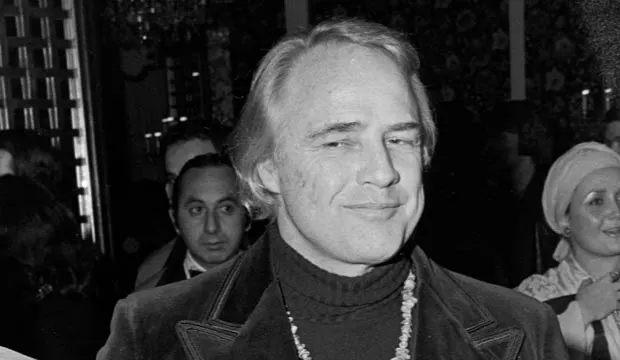Everyone remembers their first time. That is the first time they saw Marlon Brando.
For the late Mike Nichols, seeing Brando on Broadway in 1947 in his seminal turn as Stanley Kowalski in Tennessee Williams‘ “A Streetcar Named Desire,” was the catalyst that lead to his career in the arts which saw him become a rare EGOT winner. The teenage Nichols and his then girlfriend’s mother were given tickets for the second night of the Elia Kazan-directed production. “There had never been anything like it, I know that by now,” Nichols recalled in a 2010 L.A. Times interview. It was, to this day, the only thing onstage that I had ever seen that was 100% real and 100% poetic. Lucy and I weren’t exactly theater buffs, but we couldn’t get up at the intermission. We were just so stunned. Your heart was pounding. It was a major experience.”

Susan L. Mizruchi, author of the 2014 biography “Brando’s Smile: “His Life, Thought and Work” was 12 when she saw the influential “Method” actor on TV aa Fletcher Christian in the troubled 1962 epic “Mutiny on the Bounty.” She told me in a 2014 L.A. Times interview that she was “struck by the Brando lightning.” She was so obsessed with Brando that she would sneak out of the house to see the X-rated 1973 “Last Tango in Paris.”
Actress/writer Ileana Douglas recalled her memorable encounter with Brando in 1996 when she was dating Martin Scorsese. The actor arrived in a blue velour jump suit to take a meeting with the filmmaker. Scorsese had warned her not to talk to him about acting because he hated that. “When the door opened, I literally almost passed out,’ she told me in a 2015 L.A. Times interview. “He had a larger-than-life presence that almost took the oxygen out of the room.” Douglas decided she had to tell her idol what he meant to her. “I just have to be myself….I started crying, and words began to tumble out.” And Brando became emotional. “My God, you’re a tuning fork,” he told her. “Now I’m crying.”